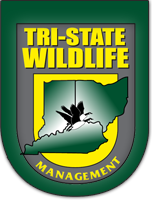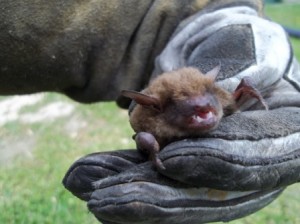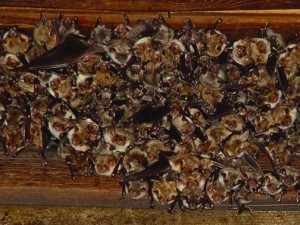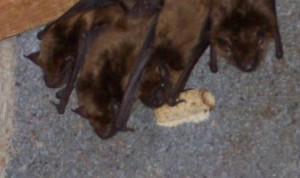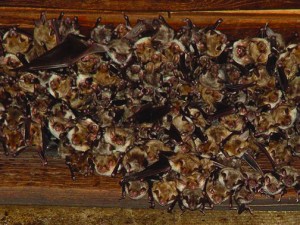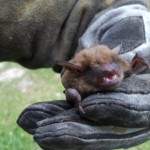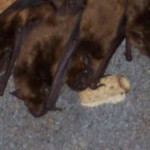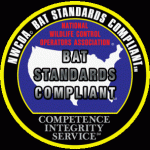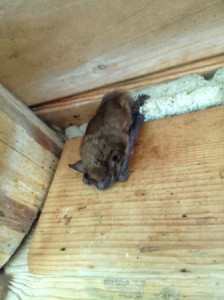For bat control services in northern Kentucky or Cincinnati, call Tri-State Wildlife Management at (859) 635-0037
Tri-State Wildlife Management – Protecting You, Your Property, and Your Investment
Bats in Attic: Bats are great creatures to have around. If you’ve ever witnessed a bat feeding at twilight, you already know why – they eat a variety of flying insects, including mosquitoes. Despite the advantages of having bats around, there are many serious disadvantages to having them in your home. First, they can create significant damage to buildings. Bats create foul latrines, made up of both guano and urine that cause a horrible odor, soil insulation, and can weaken the structural integrity of a buildilng. When entering and exiting a structure, bats defecate, leaving staining along the home. In addition, they leave black, oily rub marks at entries.
Bats also pose health/hygiene concerns which include rabies, histoplasmosis, and bat bugs. When bats transmit rabies, it is most typically through a bite or scratch. If bitten, the bat should always be tested if it can be caught. If the bat is not caught, or if it tests positive for rabies, rabies shots must be taken. Without treatment, rabies ends in death. Sometimes a bat is found in the living space of a home. If the bat had access to children or anyone who may not know/may not be able to communicate that they’ve been bitten, rabies shots are encouraged. Although the most serious, rabies is not the most common threat that bats pose. Histoplasmosis is a common lung disease caused by a fungus that grows on guano. It is important to always wear the proper protective gear when in the same vicinity as bat guano, as the fungus is easily disturbed. Although bat bugs pose no serious health threat, just like bed bugs, they are a parasitic nuisance that nobody wants to live with.
Tri-State Wildlife will work for you to provide a cost effective solution to your bat or wildlife intrusion and/or damage issue. As a full service company, we initiate an Integrated Bat Management Plan beginning with an inspection followed by bat removal and exclusion of intrusive bats, clean-up, repair/restoration and prevention.
Tri-State Wildlife Management handles bat removal and exclusion differently than other home-invading species; instead of trapping, bats are removed only through an exclusion process. We use bat exclusion equipment that allows bats to leave your home, but the equipment makes reentry impossible. Bats can fit through the tiniest of gaps, so our experienced technician completes a thorough inspection of your home or business to determine all entry points and at risk areas. After we are sure all bats have left, entries are repaired with wildlife grade construction materials. Bats are very persistent creatures, and without all entries and at risk areas repaired, with bat deterrent materials, they will find a way back into your home.
We strive for the most humane and environmentally effective techniques for dealing with bats and wildlife problems. Tri-State Wildlife Management’s use of modern innovative methods provides sound wildlife management services to ensure the protection of our customers’ investments and health.
Tri-State Wildlife Management is Certified Bat Standard Compliant by the National Wildlife Control Operators Association.
Tri-State Wildlife Management is fully insured, and we stand behind all our work
